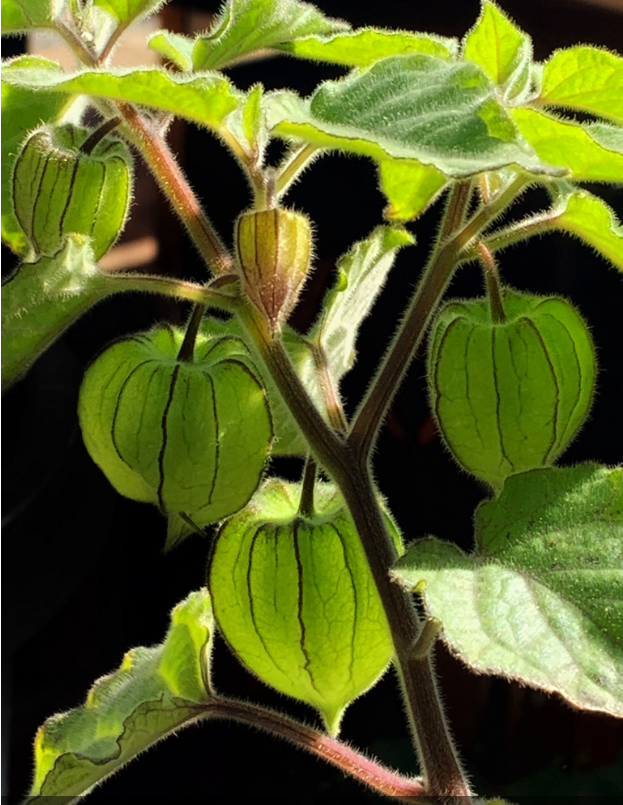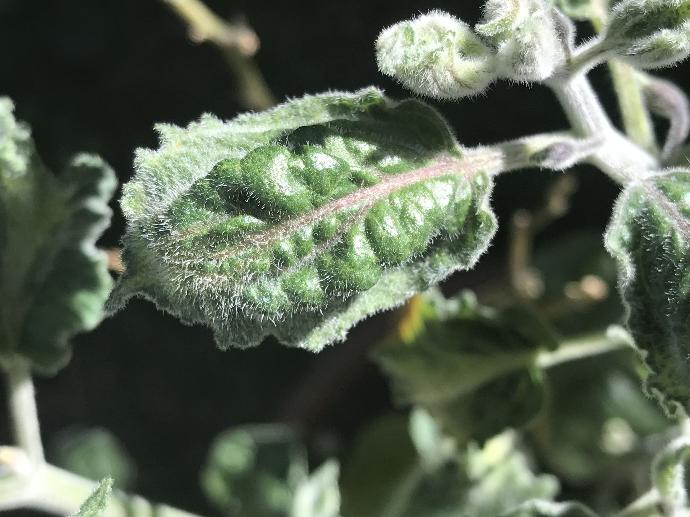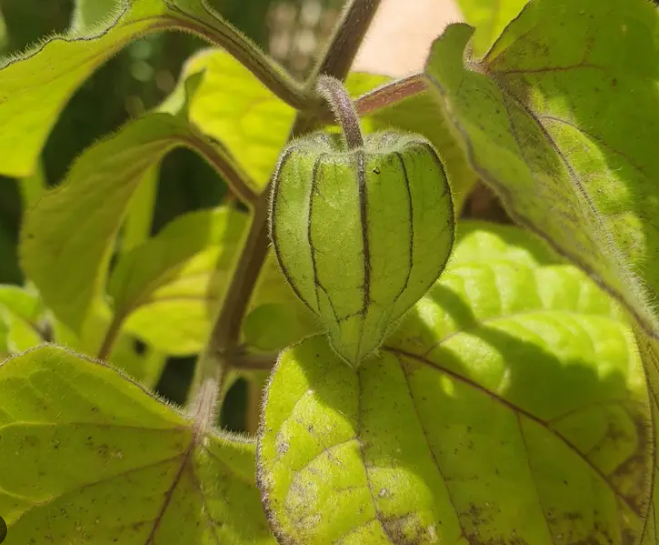Cape Gooseberry Plant
Cape Gooseberry (Physalis peruviana) is a shrub that grows 3-6 ft tall, hardy in USDA Zones 8-11, prefers well-drained, loamy soil, full sun to part shade, medium moisture, is edible, and has medicinal uses.

Habit
Shrub
Height
60-120 cm
Growth
Moderate
Soil
Well-drained, loamy
Shade
Full sun to part shade
Moisture
Medium
Edible
Yes
Medicinal
Yes
Origin
South America
Climatic Condition
Tropical, Subtropical
Temperature (°)
18 to 30°C
Humidity (%)
50-80%
Potting media
Peat, coco coir, compost
Fertilizers
Balanced fertilizer every 3 weeks
Watering
Moderate watering
Plant Weight
20-50 grams per fruit
Flowering Time
Spring to Summer
Soil Ph level
5.5 - 6.5
Water Ph level
5.5 - 6.5
Soil EC
1-2 dS/m
Yield Per Plant
2-5 kg per plant
NPK ratio
10:10:10
life Span
Annual to Perennial
Health Benefits
Rich in vitamin C, antioxidants, boosts immunity
Suggested Grow Media or Potting Mix ?
50% compost, 30% perlite, 20% peat moss
Suggested Fertigation/Fertilizers
Fertilize every 2 weeks with a balanced, water-soluble fertilizer.
Common Diseases and Remedies
Powdery Mildew, Leaf Spot, Botrytis Blight, Root Rot
White powdery spots on leaves, Brown spots on leaves, Gray mold on flowers and fruit, Wilting, yellowing leaves, root discoloration
Neem oil, potassium bicarbonate Remove infected leaves, copper fungicide Remove infected parts, improve air circulation Improve soil drainage, beneficial microbes
Fungicides with iprodione or thiophanate-methyl, Fungicides with metalaxyl or mefenoxam.
HEALTH BENEFITS
High in vitamin A and C, strengthening immunity and vision.
· Contains withanolides, which have anti-inflammatory and anti-cancer properties.
· Supports heart health by reducing cholesterol levels.
· Has antioxidant effects, protecting cells from oxidative stress.

